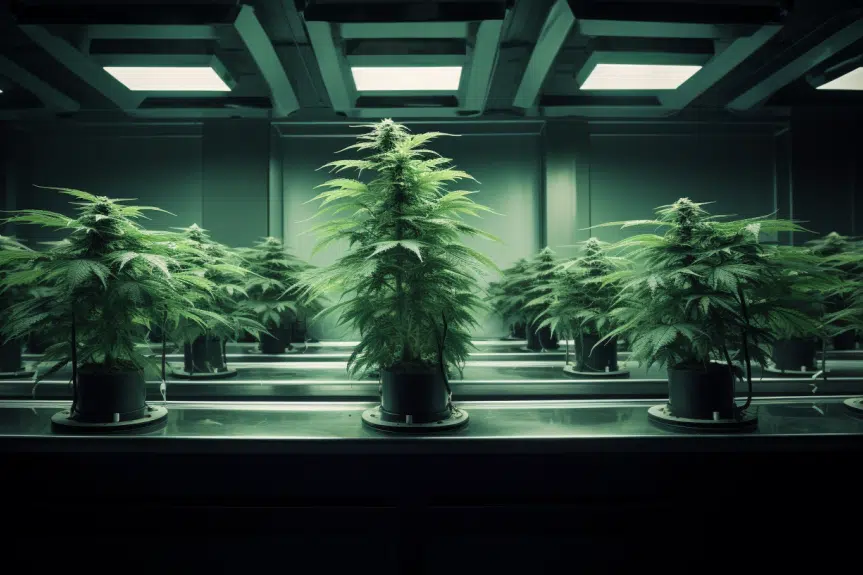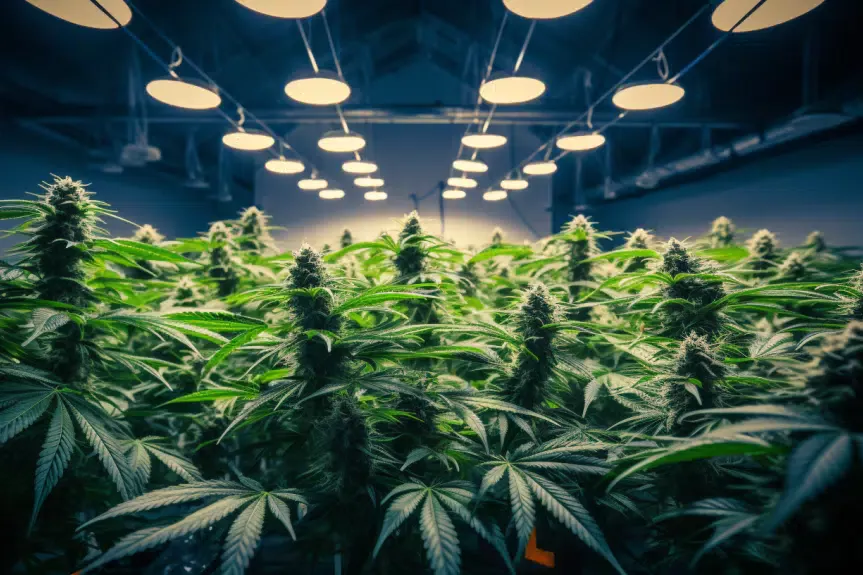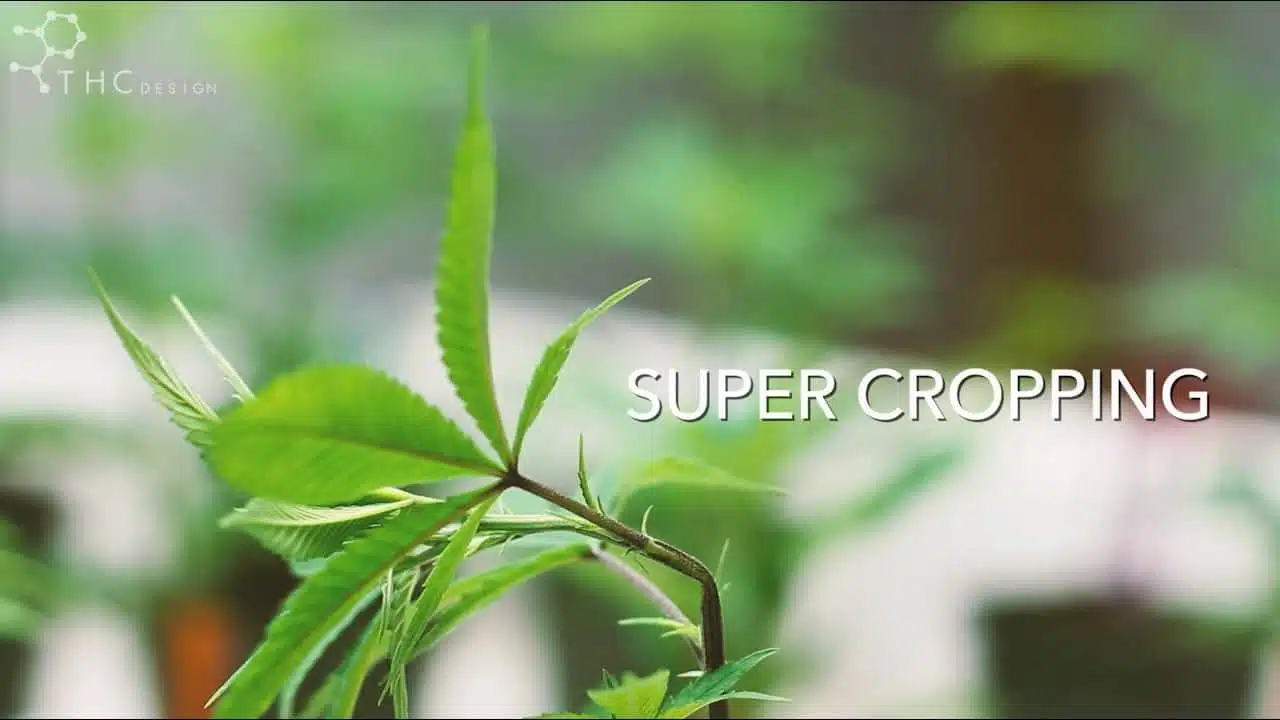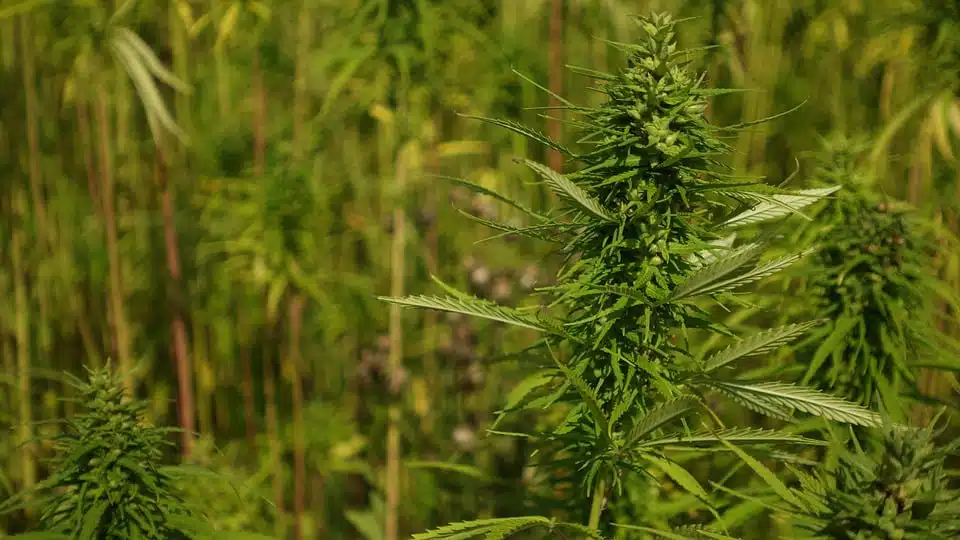How Long to Veg Cannabis?
Thinking about how long to veg cannabis for the best growth and harvest? We’ll guide you through the factors that influence the length of the vegetative stage.
You’ll learn how to determine when your plants are ready to transition and discover tips for maximizing growth during this crucial phase.
We’ll also highlight common mistakes to avoid, ensuring your cannabis cultivation journey is successful.
Get ready to become an expert in vegging cannabis!
The optimal duration for vegging a marijuana plant
It’s recommended to veg your cannabis plants for about 4 to 6 weeks to achieve the best results. During this time, your plants will grow multiple sets of leaves, allowing them to absorb more light and nutrients. This will ultimately lead to larger, more productive plants during the flowering stage.
The optimal veg time may vary depending on the strain you’re growing and the desired size of your plants.
Some strains may require a shorter vegging period, while others may benefit from a longer one. Additionally, if you’re limited on space, you might want to consider a shorter vegging duration to keep your plants more compact. Remember they will stretch 2 to 3 times in size when they flower.

Factors affecting the length of the veg stage
The genetics of your cannabis strain play a significant role in determining a long veg stage. Different strains have different growth patterns, with some being naturally faster growers than others. Sativa-dominant strains, for example, tend to have longer veg periods compared to indica-dominant strains.
Another important factor is the desired size of your plants.
If you want larger plants with more extensive canopy coverage, you’ll need to keep the plant in veg to allow for more growth. If you have limited space or want smaller plants, you can shorten the vegetative stage.
Environmental conditions also impact the length of the veg stage. Factors such as light intensity, temperature, humidity, and CO2 levels can all affect plant growth rates. Providing optimal conditions, such as a consistent light cycle, appropriate temperatures, and adequate airflow, can help maximize growth during the veg stage.
Your cultivation goals and personal preferences also play a role in determining the length of the veg stage. if you decide to choose high-yielding seeds, you may want to veg for longer.
Whether you want to focus on maximizing yields, potency, or specific plant characteristics, adjusting the veg stage length can help you achieve your desired outcomes.
How to determine when you can trigger the flowering stage
To accurately assess when your cannabis plants are ready to transition, it’s important to closely monitor their growth and development. There are a few methods of how to tell when to harvest cannabis that you should know..
One of the first signs that your plants are ready to transition is when they’ve developed a strong root system and a healthy set of leaves. The roots should be well-established and fill out the container, while the leaves should be lush and vibrant.
Another indicator is the height and overall size of the plants. Once your cannabis plants have reached a desired height, typically around 12 to 18 inches, and have developed multiple sets of leaves, it’s a good indication that they’re ready to transition.
You should also look for signs of pre-flowering, such as the development of small white pistils or preflowers at the nodes of the plant. This is a clear indication that your plants are sexually mature and ready to enter the flowering stage.
Take note of the overall health and vigor of your plants.
If they’re displaying any signs of stress or nutrient deficiencies, it may be best to wait until these issues are resolved before transitioning. Remember, a healthy and strong plant will have a better chance of producing high-quality buds during the flowering stage.
Tips for maximizing cannabis plant growth during the vegetative growth phase
Maximize the growth of your cannabis plants during the vegging phase by providing them with ample light, nutrients, and proper ventilation. These key factors play a crucial role in ensuring healthy and vigorous growth.
First and foremost, light is essential for photosynthesis, the process by which plants convert light energy into food. During the vegging phase, your cannabis plants require at least 18 hours of light each day. Investing in high-quality grow lights, such as LED or HID lights, will provide the necessary intensity and spectrum for optimal growth.
Ensure that the lights are positioned at the right distance from the plants to prevent heat stress or light burn.
Nutrients are the building blocks of plant growth, and providing the right balance is crucial for healthy development. Use a balanced fertilizer that contains nitrogen (N), phosphorus (P), and potassium (K) in the correct ratios.
Additionally, supplementing with micronutrients like calcium, magnesium, and iron can further enhance growth and prevent deficiencies.
Proper ventilation is essential to maintain a healthy environment for your cannabis plants. Good airflow helps regulate temperature, humidity and prevents the buildup of pests and diseases. Use fans and air circulation systems to ensure fresh air exchange and prevent stagnant air pockets.
Common mistakes to avoid during the vegetative stage of cannabis cultivation
Firstly, don’t underestimate the importance of proper lighting. Cannabis plants need sufficient light to grow vigorously during the vegetative stage. Make sure to provide them with the right intensity and duration. Insufficient light can lead to stretched, weak stems and limited growth.
Be careful though. Excessive light can cause heat stress and light burn, damaging the leaves and hindering growth. Finding the right balance is key.
Secondly, don’t neglect proper nutrient management. During the vegetative stage, cannabis plants require a balanced diet of nitrogen, phosphorus, and potassium, along with other essential micronutrients. Failing to provide the right nutrients can result in stunted growth, nutrient deficiencies, or even toxicities.
Monitor your plants closely and adjust the nutrient regimen as needed.
Lastly, don’t forget about the importance of ventilation and airflow.
Conclusion
The optimal duration for vegging cannabis plants depends on various factors such as strain, desired size, and available space.
By carefully observing your plants and considering their specific needs, you can determine when they’re ready to transition to the cannabis flowering stage.
During the vegging phase, it’s crucial to provide the right conditions and nutrients to maximize growth. Avoiding common mistakes and implementing proper techniques will help ensure successful cultivation during the vegetative stage of cannabis growth.





